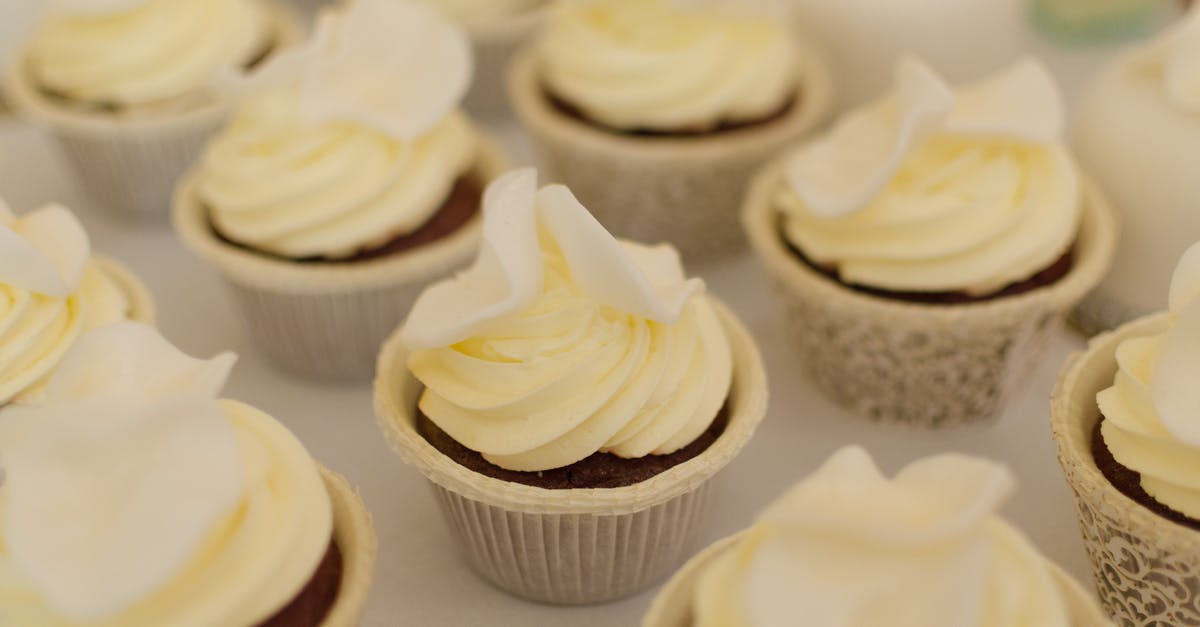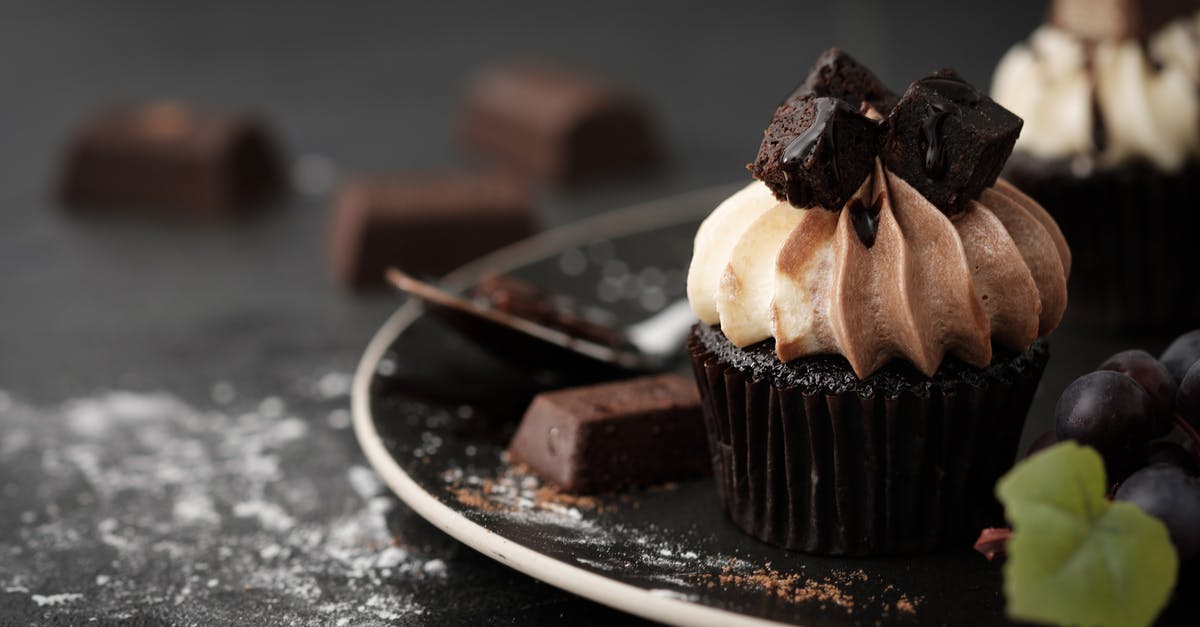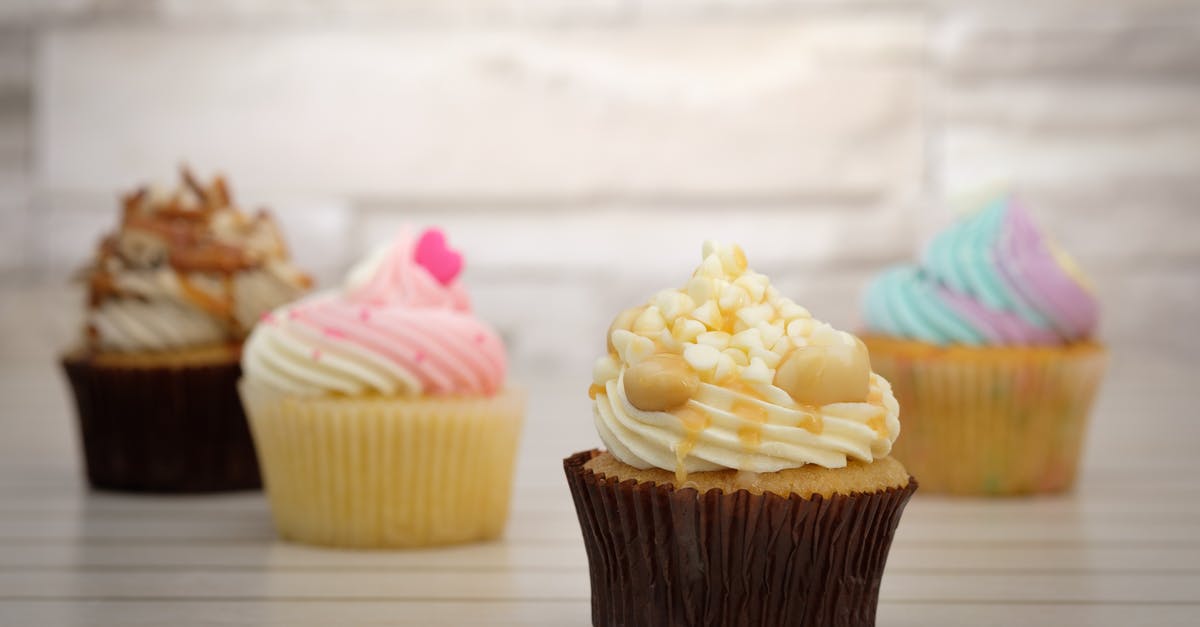Why is butter usually labeled "Sweet Cream"?

Most (or even all?) butter found at the grocery store is labeled "sweet cream". Is there a distinction between this and another type of cream, and if so, what is it?
Best Answer
It means the butter is made from cream that hasn't been fermented. Butter made from fermented cream is known as "cultured cream butter", and it has distinct sour, lactic acid notes. Sweet cream butter tastes, well, sweet, and if it is from really good fresh milk you may be able to taste grassy notes. Both are good in their own way.
Pictures about "Why is butter usually labeled "Sweet Cream"?"



Cultured vs. uncultured butter—what’s the real difference?
More answers regarding why is butter usually labeled "Sweet Cream"?
Answer 2
"Sweet cream" is the same as "cream" (as opposed to sour cream).
So they are telling you that the butter is made from cream, which is naturally rich in butterfat.
Answer 3
Where I live in Germany it's common to find both types, and they're clearly marketed as two different things: the Süßrahmbutter (sweet cream butter) is sweeter and fattier than the Sauerrahmbutter (sour cream butter).
I did a bit of research on how the production differs: the milk gets initially through a process of centrifugation to separate cream from skimmed milk. The cream gets then pasteurized at 90°-110°C and subsequently left alone for 3 to 29 hours.
This process of maturation is where the production method of the two types of butter differs: For the cultured butter the cream gets stirred for one day together with different sorts of bacteria, a culture of natural lactic ferments, to break down fats and sugars and give it that special flavour. The cream for the sweet butter gets simply stirred for a day or so without adding any starter.
It's legal in Germany to add up to the 16% of water during the whole process.
EDIT: source [German]
Answer 4
My paternal Grandmother (who lived in the mountains of North Carolina), had only one milk cow. Every morning and evening my Uncle would milk this cow. My Grandmother would skim off the cream and put it into a large crock (that had a top on it, and was kept in a corner of the kitchen). The milk was put into the refrigerator and was used to drink or for cooking (any milk not used that day went to the pigs).
No matter what the season was, the cream was not put into the refrigerator. After a couple of days, the cream had clabbered, and she would use a device that looked like a giant egg beater with an electric cord attached, to agitate the cream to make butter. This process left the same "product" that naturally happens if cream is whipped too long. Of course, the device she used was a modern version of a wooden butter churn that she had learned to use as a young girl. The whey leftover from this process was then refrigerated and was used as buttermilk (which is how it got its name). I remember that butter as being darker yellow than sweet cream butter, with a tangy flavor.
My Maternal Grandmother (who grew up in Pennsylvania and only knew sweet butter with its light yellow, almost white color), argued with my Mother that my Paternal Grandmother must have used food coloring to achieve the dark yellow color that my mother described to her. A couple of years later, when she visited my parents and watched my Grandma make butter, she was surprised at the color and flavor.
Now, unless you have a cow, it is difficult to make butter that way. I imagine, perhaps, if you added an acid to store bought heavy cream, it might be possible. But, because of the process that makes milk "safe" to sell, it is very hard to get the cream to clabber. This makes it hard to achieve the flavor that I remember.
I have let the cream sit on the counter for a couple of days, and the resulting butter's flavor did come close. There were a couple more steps to my Grandma's butter making, but they are not essential to this subject. I hope anyone else who asks this question will get a little more insight on this subject from my own experience.
Answer 5
According to the Third addition of "Bailey's Industrial Oil and Fat Products", butter would have been classified as either sweet or ripened. Ripened butter was given its flavor by the chemical compound diacetyl, which was the by-product of various commercially available strains of streptococci.
Sources: Stack Exchange - This article follows the attribution requirements of Stack Exchange and is licensed under CC BY-SA 3.0.
Images: Lukas, Acharaporn Kamornboonyarush, Acharaporn Kamornboonyarush, Aleksandar Pasaric
